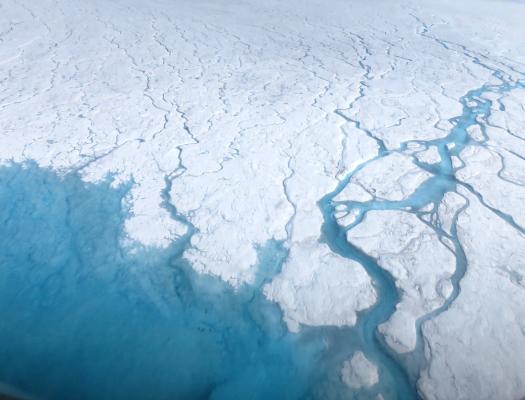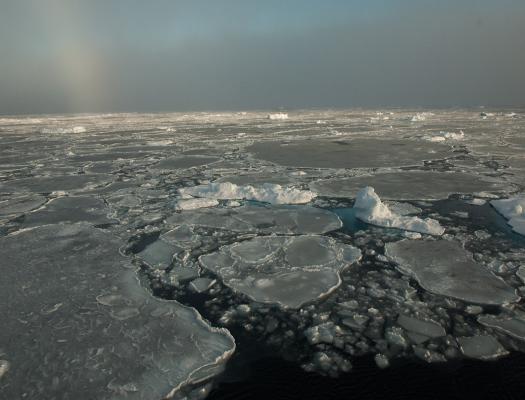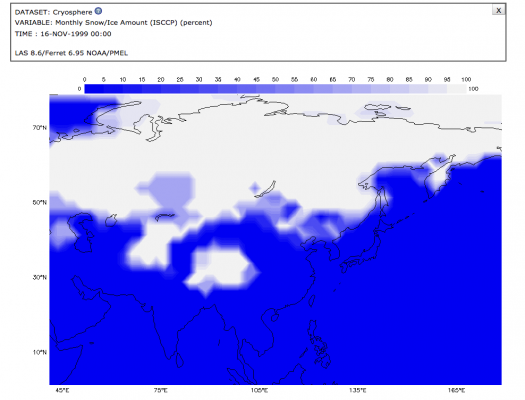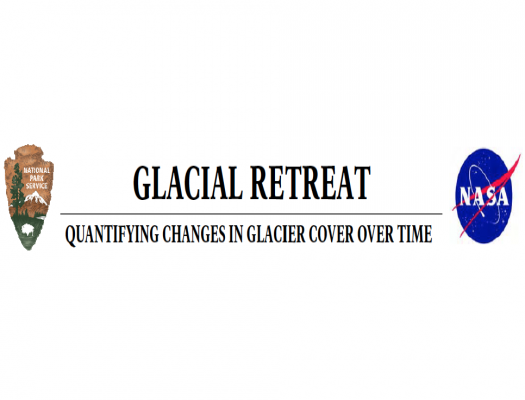
loading Cryosphere...
Featured Lesson Plans
When Land Ice Melts
This activity invites students to model and observe the effect of melting ice sheets (from land) on sea level and the difference between the effect of melting sea-ice to that of melting land ice on sea level.
When Floating Ice Melts
This activity invites students to simulate and observe the different effects on sea level from melting sea-ice.
Observing Earth’s Seasonal Changes
In this lesson, Observing Earth’s Seasonal Changes, students observe patterns of average snow and ice amounts as they change from one month to another, as well as connect the concepts of the tilt and orbit of the Earth (causing the changing of seasons) with monthly snow/ice data from January 2008
Data Literacy Cube: Graph Data with Antarctic's Contribution to Sea Level Rise Graph
This Lesson Plan provides some generic maps, graphs, and data tables for use with the Data Literacy Cube. Because this is a differentiated resource, it is appropriate for multiple grade bands.
Glacial Retreat: Quantifying Changes in Glacier Cover Over Time
In this activity, students use satellite images from the NASA Landsat team to quantify changes in glacier cover over time from 1986 to 2018.
What Will Happen if Climate Variability and Change Cause Glacier and Polar Ice Cap Melting
This activity is one of a series in the collection, The Potential Consequences of Climate Variability and Change activities.









